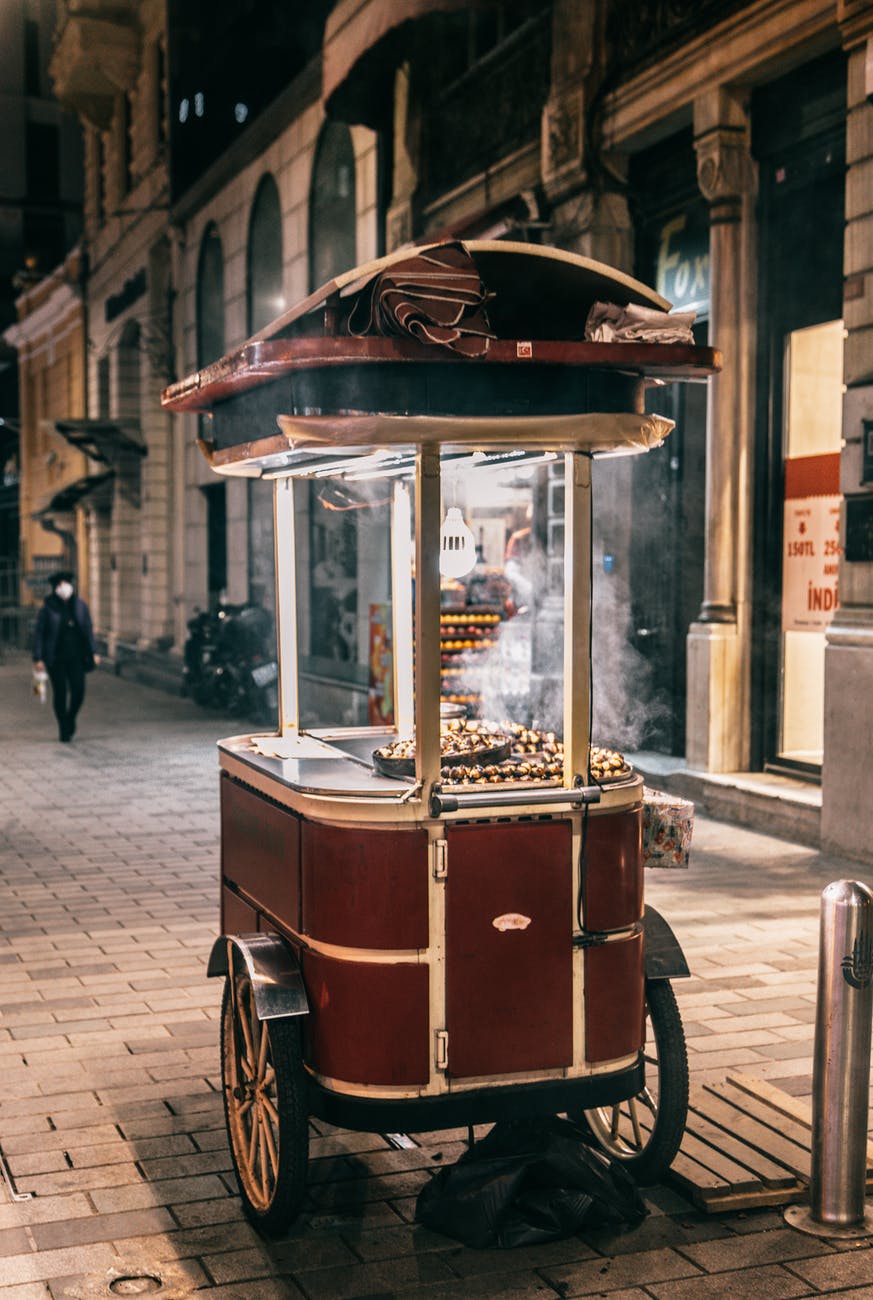
Let’s talk about what and why (and we’ll defer how to a later post).
What to grow depends entirely on the specific factors/outcomes that you want to achieve. The three applications / uses that stand out to me are fragrance, culinary, and cut flowers. If you rely entirely on the garden center, you will have a beautiful and likely expensively cultivated garden that should produce consistent results with minimal effort, meaning all you need to do is pick a spot for your flowers and plant.
But, many gardeners augment garden center flowers with cultivated (i.e., self-grown) flowers that are not available at the local five and dime store. This is because the big box stores travel in high-volume circles and only sell proven fast movers. But, if you desire something more, i.e., differentiation, from your neighbors who probably frequent the same shops, you may have to put your back into it. I look for inspiration pictures in magazines, on Pinterest and Instagram, and other seed and bulb catalogs. I also take lots of pictures when I travel of gardens / flowers that turn my head.
Specific Considerations for Flower Selection:
1. Fragrance is an output of many flowers, including roses, lilacs, and plumeria. But not all roses have a fragrance and certainly neither do all flowers. When I’m shopping for roses, some of the specific attributes that I consider are the appearance/shape of the blossom, color, bloom size, stem length, and fragrance. It’s not always easy to get everything you want in a single cultivar, but an assembly of varieties planted together can look and smell amazing. I have more than 100 different roses (including rose trees) in my collection.
2. It goes without saying that vegetables and herbs are edible, but so are many flowers. It may sound foreign to eat a flower, but if you toss one into a salad think of all the benefits. They look lovely and can add a hint of flavor (beyond the intrinsic health benefits). Some of my favorites include nasturtium, pansies, and calendula. But don’t be afraid to try new things, risks taken will be rewarded and you will look like a five star (or at least sophisticated) cook to all of your friends when you use them. I suggest you Google the specific variety to find out whether its edible before you take your first bite or, better yet, before you buy it….
3. I already mentioned that stem length is core to my formula. I take cut flowers from my garden all summer. Some gardeners have a specific dedicated space filled with flowers designated for cutting. If you’re not as formal (like me), if you plant enough, there will be plenty to cut without bare spots (if you cut carefully). Some of my favorite cuts are from peonies, tulips, and alliums in the spring; purple cone flowers in early summer; and zinnias and cosmos are work horses during mid- and late-summer that produce week after week. I’ve read that sweet peas are awesome and smell amazing, but I failed miserably last spring at growing them. (They are on the list again for this year, so I will have to let you know how it goes.)
The ”todo” this week (if you are building out your garden roadmap along with me) is to conduct research for inspiration pieces and identify flowers that you would like to incorporate into your garden plan. Take notes and screenshots to ensure you don’l lose track of your finds…
If you enjoyed reading this blog, please subscribe to continue receiving updates from the farm.